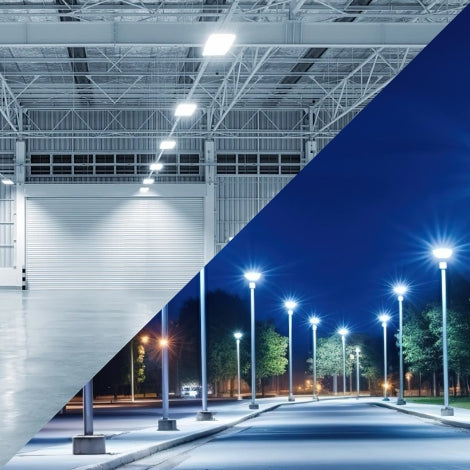The Cost-Effective Benefits of Switching to Modern LED Lighting

In recent years, there has been a significant shift towards the use of modern LED lighting technology. LED, or Light Emitting Diode, lighting offers numerous benefits over traditional lighting options such as incandescent or fluorescent bulbs. One of the most compelling advantages is its cost-effectiveness.
First and foremost, LED lighting is highly energy-efficient. Compared to incandescent bulbs, which waste a large portion of their energy as heat, LEDs convert almost all of the energy they consume into light. This efficiency translates into lower electricity bills for consumers and businesses alike. In fact, studies have shown that by switching to LED lighting, companies can reduce their energy consumption by up to 80%.
Additionally, LED lights have an exceptionally long lifespan compared to other types of bulbs. While incandescent bulbs typically last around 1,000 hours and compact fluorescent lamps (CFLs) last around 8,000 hours, LEDs can last for up to 50,000 hours or more. This longevity significantly reduces maintenance costs since LED lights do not need frequent replacement.
Moreover, the durability of LED lights further enhances their cost-effectiveness. Traditional bulbs are fragile and prone to breakage from shocks or vibrations. On the other hand, LEDs are solid-state devices that are much more resistant to impact damage. This means fewer replacements due to accidental breakage during installation or transportation.
LED lighting also provides cost savings through reduced cooling expenses. Incandescent and fluorescent lights emit a substantial amount of heat during operation, requiring additional air conditioning in warm climates or during summer months. In contrast, LEDs produce very little heat and therefore have minimal impact on room temperatures. By reducing cooling needs in both residential and commercial spaces where artificial lighting is used extensively, significant savings can be achieved on electricity bills.
Furthermore, switching to modern LED lighting can lead to reduced maintenance costs related to labor expenses and downtime. Due to their long lifespan, LED lights require fewer replacements and less frequent maintenance visits from technicians. This not only saves money but also minimizes disruptions to daily operations, allowing businesses to focus on their core activities rather than addressing lighting issues.
Lastly, LED lights are more environmentally friendly compared to other lighting options. They do not contain hazardous substances such as mercury found in CFLs or lead found in traditional incandescent bulbs. The reduced energy consumption of LEDs also results in lower carbon emissions, contributing to a greener planet.
In conclusion, the cost-effective benefits of switching to modern LED lighting cannot be overstated. LED lights offer superior energy efficiency, extended lifespan, durability, reduced cooling expenses, lower maintenance costs, and environmental sustainability. By making the switch from traditional lighting options to LEDs, consumers and businesses can enjoy significant financial savings while also contributing to a more sustainable future.


